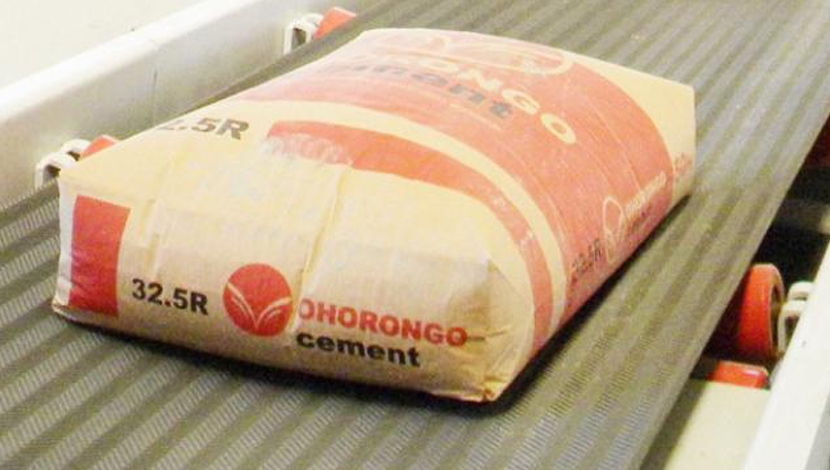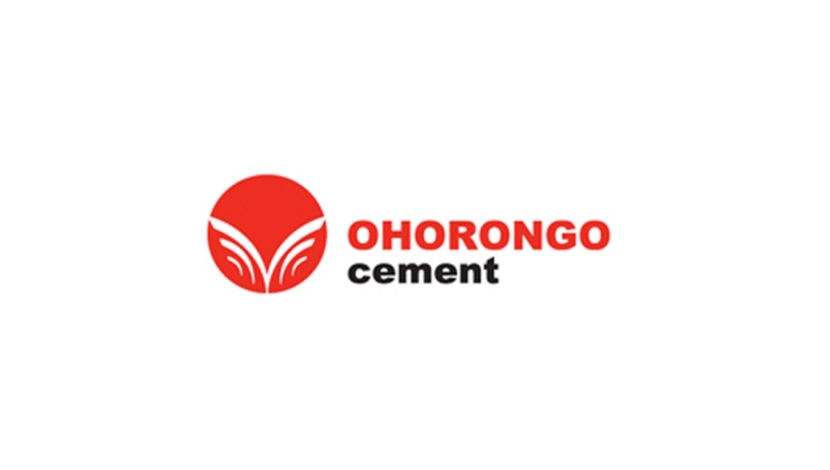

Namibia’s only cement producer, Ohorongo Cement, has voiced its concerns about the current oversupply of over 5 million tonnes of cement per year in the Southern African region alone.
“We are concerned about the huge overcapacity in SACU (Southern Africa Customs Union),” said Ohorongo’s MD, Hans-Wilhelm Schütte, who points out that there are other huge opportunities for investment in other industries – besides cement production – such as energy, water and infrastructure development that can be exploited.
Ohorongo Cement has production capacity of 700 000 tonnes per year. Yet the total of actual cement production in Botswana, Lesotho, Mozambique, Namibia, South Africa and Swaziland and Zimbabwe is estimated at 23.3 million tonnes per year, according to research conducted for the forthcoming Global Cement Directory 2015.
South Africa has the largest estimated production of 15,6 million tonnes per year followed by Mozambique whose production capacity is estimated at 5,51 million tonnes per year. Zimbabwe’s total production is estimated at 2,76 million tonnes per year, while Botswana’s production is estimated at 436 000 tonnes per year.
The estimates are on actual production and not on installed capacities at plants in the seven countries and exclude the 8 million tonnes per year production in Angola, where the country has banned the import of cement, to protect its cement industry.
Demand in Angola is estimated at 6 million tonnes per year. However, the country has another cement plan under construction in Luanda expected to come on stream late this year.
But such figures are small compared to the plans by Dangote Cement, owned by Africa’s richest man, Nigerian billionaire Aliko Dangote, to construct new cement factories in 12 African countries, including Zambia and Zimbabwe, and increase cement production capacity to 100 million tonnes by 2020, which is currently 75% of sub-Saharan Africa’s estimated total installed capacity.
As though regional competition is not enough, Schütte’s concerns for overcapacity are also influenced by the recent confirmation by a Namibian cement importer, Cheetah Cement, that it would invest US$30 million in a cement plant in Namibia.
Cheetah Cement’s cement plant targets producing 1.5 million tonnes of cement per year under locally based Whale Rock Cement, which has signed agreements with Chinese investors to set up a cement plant near Otjiwarongo in the Otjozondjupa Region in the next two years.
Once on stream Cheetah Cement production is set to balloon Namibia’s total cement production to 2,2 million tonnes, in a country that consumes about 600 000 tonnes of cement per year.
Ohorongo’s biggest client is the local market, but the company also exports to other southern African countries, such as the Democratic Republic of Congo (DRC), Zambia, Botswana and Angola.
The Namibian Government granted Ohorongo infant industry protection (IIP) in 2011. Under SACU rules, the IIP for Ohorongo is valid for eight years and enables the government to levy additional duties on cement imports. Infant industry protection is put in place to preserve and nurture economic and industrial growth and in turn accelerate jobs and wealth creation.





